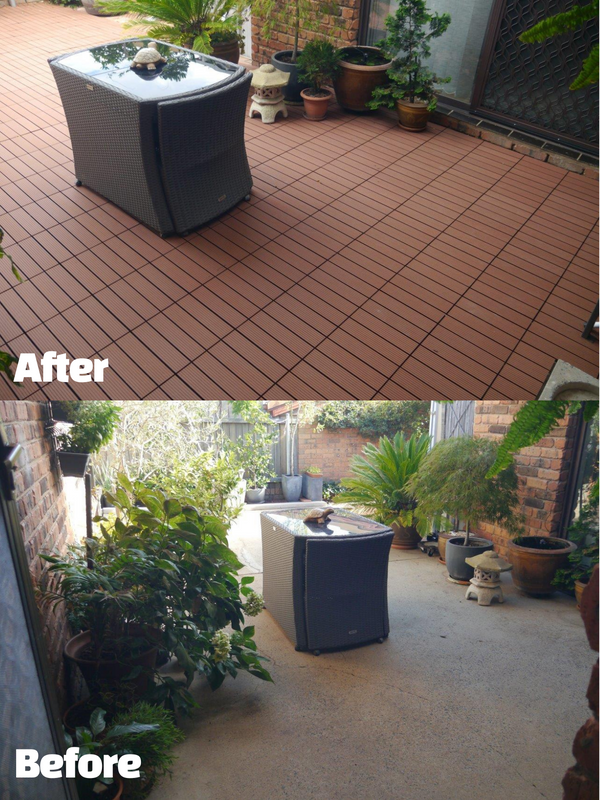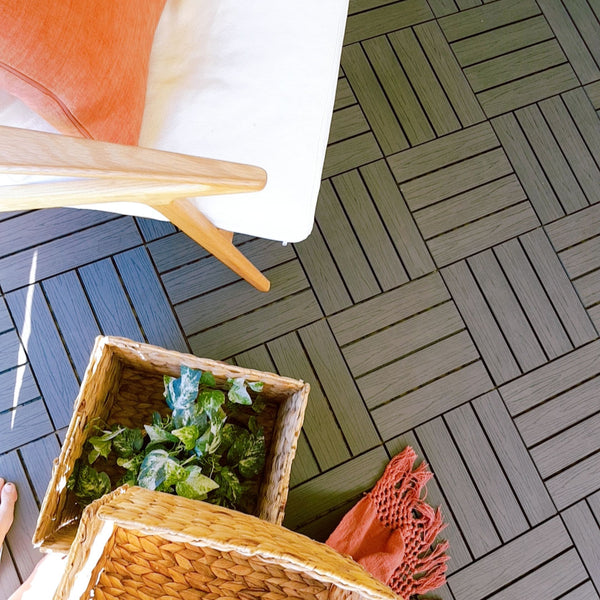6. Total Solar Reflectance (TSR)
Total Solar Reflectance (TSR) is a measurement of how much total solar energy is reflected by a window tint film. It includes not only visible light, but also infrared radiation and ultraviolet radiation.
TSR is usually expressed as a percentage and refers to the total amount of solar energy that is reflected by the film and back outside.
A higher TSR percentage indicates that more total solar energy is reflected by the film, meaning that the film is more effective at reducing heat and protecting the interior from damage. A lower TSR percentage means that less total solar energy is reflected by the film, making it less effective at reducing heat and protecting the interior.
For example, a tint film with a TSR of 50% would reflect 50% of total solar energy back outside, while a tint with a TSR of 80% would reflect 80% of total solar energy back outside.
The TSR is an important factor to consider when selecting a solar window tint film, as it can affect the level of heat reduction and protection provided to the interior of a building or vehicle. A higher TSR can help reduce the amount of heat that enters a space, making it more comfortable and energy-efficient. Additionally, a higher TSR can also help protect furniture, carpets, and other materials from fading and damage caused by solar energy.
7. Total Solar Energy Absorbance (TSEA)
Total Solar Energy Absorbance (TSEA) is a measurement of how much total solar energy is absorbed by a window tint film. It includes not only visible light, but also infrared radiation and ultraviolet radiation.
TSEA is usually expressed as a percentage and refers to the total amount of solar energy that is absorbed by the film.
A higher TSEA percentage indicates that more total solar energy is absorbed by the film, meaning that the film is less effective at reducing heat and protecting the interior from damage. A lower TSEA percentage means that less total solar energy is absorbed by the film, making it more effective at reducing heat and protecting the interior.
For example, a tint film with a TSEA of 50% would absorb 50% of total solar energy, while a tint with a TSEA of 20% would only absorb 20% of total solar energy.
The TSEA is an important factor to consider when selecting a solar window tint film, as it can affect the level of heat reduction and protection provided to the interior of a building or vehicle. A lower TSEA can help reduce the amount of heat that enters a space, making it more comfortable and energy-efficient. Additionally, a lower TSEA can also help protect furniture, carpets, and other materials from fading and damage caused by solar energy.
8. Total Solar Energy Rejected (TSER)
Total Solar Energy Rejected (TSER) is a measurement of how much total solar energy is rejected or blocked by a window tint film. It includes not only visible light, but also infrared radiation and ultraviolet radiation.
TSER is usually expressed as a percentage and refers to the total amount of solar energy that is blocked by the film.
A higher TSER percentage indicates that more total solar energy is blocked by the film, meaning that the film is more effective at reducing heat and protecting the interior from damage. A lower TSER percentage means that less total solar energy is blocked by the film, making it less effective at reducing heat and protecting the interior.
For example, a tint film with a TSER of 50% would block 50% of total solar energy, while a tint with a TSER of 80% would block 80% of total solar energy.
The TSER is an important factor to consider when selecting a solar window tint film, as it can affect the level of heat reduction and protection provided to the interior of a building or vehicle. A higher TSER can help reduce the amount of heat that enters a space, making it more comfortable and energy-efficient. Additionally, a higher TSER can also help protect furniture, carpets, and other materials from fading and damage caused by solar energy.
9. Shading coefficient (SC)
Shading coefficient (SC) is a measurement of a window film's ability to reduce solar heat gain in comparison to an uncoated piece of clear glass with the same dimensions. The SC of a window film is determined by the ratio of solar heat gain through the window film to solar heat gain through a clear single-pane window under the same conditions.
The SC is expressed as a number between 0 and 1, with a lower number indicating better performance at reducing solar heat gain. For example, a window film with an SC of 0.5 would allow half as much solar heat gain as a clear single-pane window with the same dimensions.
SC is an important factor to consider when selecting a solar window tint film, as it can help determine the film's ability to reduce heat and save energy. A lower SC value can help reduce the amount of solar heat gain that enters a space, making it more comfortable and energy-efficient. Additionally, a lower SC can also help protect furniture, carpets, and other materials from fading and damage caused by solar energy.
10. Scratch-resistan
Scratch-resistant refers to a property of a solar window tint film that makes it more resistant to scratches and other types of damage that may occur during normal use or maintenance.
A scratch-resistant film has a specially designed coating that provides an extra layer of protection to the film. This coating can help prevent scratches from forming on the surface of the film, which can degrade the appearance of the film and reduce its effectiveness at blocking solar energy.
Scratch-resistant films are often made from high-quality materials that are less prone to damage from normal wear and tear. They may also have a thicker construction than other films, providing additional strength and durability.
Choosing a solar window tint film that is scratch-resistant can help ensure that the film remains in good condition for longer, providing optimal performance and protecting the interior of your space from solar energy.




